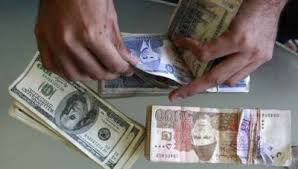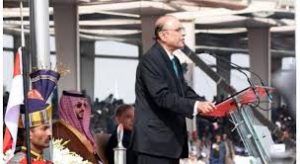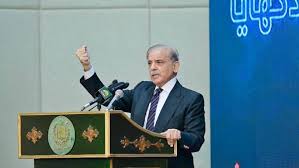Dollar up by 90 paisas in open market

Islamabad: After hitting a two-month low on Friday, the US dollar was up by 90 paisa in the open market on Monday, rising sharply over the last two days.
The green back was trading at Rs139.2, a notable rise from the Friday’s rate of 138.3, when it was hovering at its lowest level in two months.
The dollar had kept buyers and sellers on their toes last year because of volatility in its prices and hit its all-time closing high of Rs140.3 in November last year. It fell below that level shortly after but mostly kept trading above Rs 139.
However, in the last two weeks the dollar had fallen by nearly Rs1 and reached the level it last maintained on December 4. The dollar’s downward slide came after the central bank received dollars from friendly countries that helped its foreign exchange reserves jump to a five-month high. However, the country still faces shortage of dollars, which is keeping the rupee under pressure. The dollar’s rise back to its current level coincides with Prime Minister Imran Khan’s meeting with International Monetary Fund chief Christine Lagarde on Sunday. The dollar in the interbank market also rose by 50 paisa to 138.9. The interbank rates are benchmark rates to gauge the rupee’s real value.
In 2018, the dollar appreciated 27% against the rupee, witnessing two of its biggest ever single day jumps in the short span of one-and-a-half months. It was one of the most volatile years in terms of exchange rate uncertainty.
Experts attribute last year’s rise in dollar rates to our depleting foreign exchange reserves, which fell below $7 billion in December. This level was not sustainable beyond two months of import payments. The shortage of dollars had kept the rupee under pressure for most of 2018 and resulted in its devaluation.
However, the government was able to secure back to back aid packages from Saudi Arabia and the UAE during last year’s visits by Prime Minister Imran Khan to these friendly countries. As Pakistan started receiving these loans, the dollar first became stable and then kept falling, albeit in paisas.
Last month, Pakistan received $1 billion each from the Saudi government and the UAE, which pushed its foreign exchange reserves to a five-month high of $8.8 billion. The Saudi government has dispatched the entire $3 billion it had pledged in support of our foreign exchange reserves, but the UAE will send another $2 billion soon while China has also committed at least $1 billion to help Pakistan increase its foreign exchange reserves.
Previously, experts had predicted the dollar may touch Rs150 but the recent dollar inflow has prevented the rupee from falling further. Presently, Pakistan is negotiating a loan package from the IMF but it hasn’t been finalised yet. Experts say the IMF would set difficult economic reform targets for Pakistan including a free-float exchange rate, which may result in further depreciation of the rupee. However, others argue the rupee has already depreciated enough to reach its real value against the dollar.





